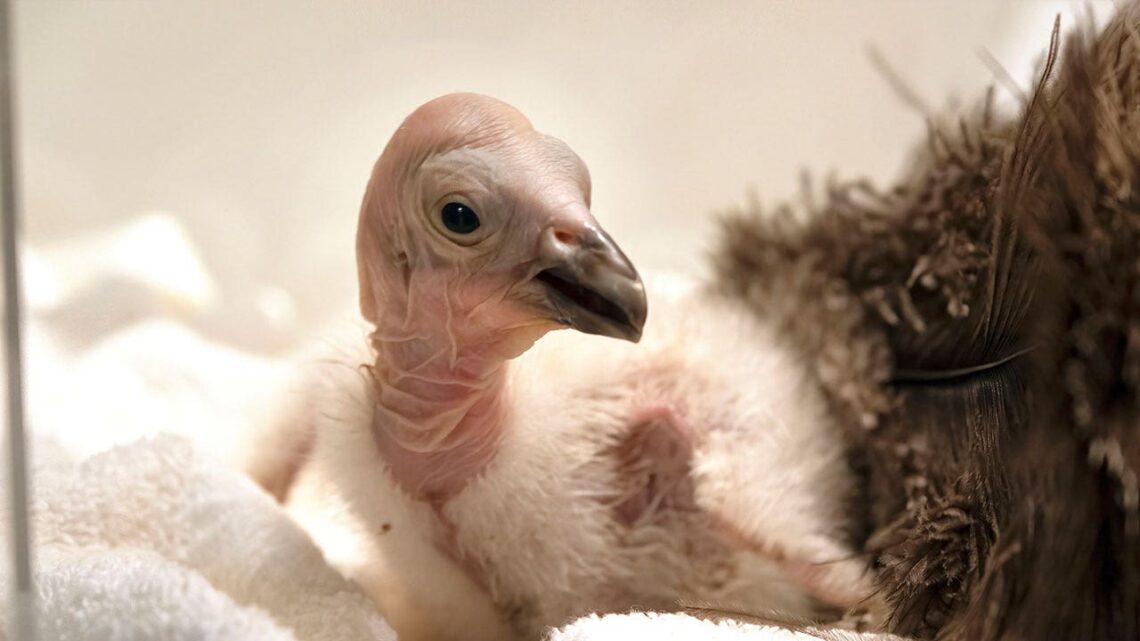The California condor is facing the deadliest strain of avian influenza in U.S. history, and the outbreak could jeopardize the iconic vulture with its 10-foot wingspan decades after conservationists saved the species from extinction.
But nine newly hatched chicks, covered in downy white feathers, give condor-keepers at the Los Angeles Zoo hope that the endangered population of North America’s largest soaring land birds will once again thrive after 40 years of aggressive efforts.
With fewer than 350 condors in the wild — in flocks that span from the Pacific Northwest to Baja California, Mexico — the historic outbreak means ongoing breeding-in-captivity and re-wilding programs like the LA Zoo’s remain essential.
AVIAN FLU KILLS 20 CALIFORNIA CONDORS IN ARIZONA, UTAH
Over the past year and a half, millions of birds across the U.S. have died from avian flu, including more than 430 bald eagles and some 58 million turkeys and commercial chickens that were euthanized to prevent the spread of the disease. Bird flu is further suspected in the deaths of dozens of seals off the coast of Maine last summer.
Already, the strain is believed to have caused the deaths of at least 22 California condors in Arizona, which were part of a flock in the Southwest that typically accounts for a third of the species’ entire wild population.
Experts are now concerned the strain could further impact condors by rapidly spreading across state lines through the spring migration. More than two dozen environmental advocates this week urged the federal government to expedite approvals for a vaccine that would be given to both condors in the wild and in captivity.
The advocates, which include the Center for Biological Diversity, warned in a letter that the flu strain is “jeopardizing the existence” of the famed bird.
“The California condor is at risk of extinction once again, and once again, an emergency vaccination campaign is required to stave off a deadly infection and possible extinction,”…
Read the full article here







